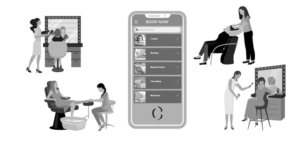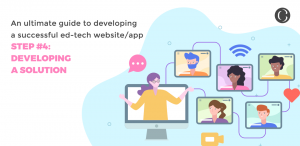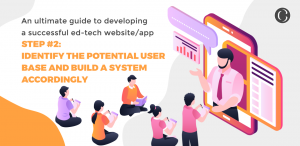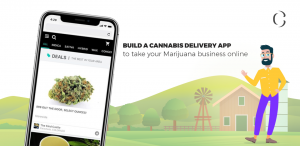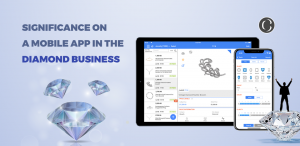An ultimate guide to developing a successful ed-tech website/app step #3: Create a Minimum Viable Product

The process of developing a solution is so much fun that, out of excitement, startups sometimes don’t even pause to think about the viability of the product or has the potential of becoming a real business or not, and end up building what they want and not their users.
So, after launching the product, unfortunately, no one seems to care about it. Because the only thing users care about is that if you are solving a real problem they have or not.
Minimum Viable Product (MVP) is a miniature version of a new product that allows collecting the maximum amount of validated learning about customers with the minimum efforts.
It saves a lot of time and money in the development process, which you can utilize in better marketing of the product. The wise thing to do is build quick, fail fast, and iterate.
The decision to build an MVP also depends on which stage you are with your idea. Obviously, for a mature product idea, you don’t necessarily need to take the MVP route.
Things to keep in mind while developing an MVP for ed-tech startups:
- An MVP is not a crippled version of your project, but a finished product with enough customer value to attract the first adopters.
- You can attract early adopters through posting guest articles in popular blogs, or directing beta-users to a landing page.
- An MVP is not your final product, even if users enjoy it. Make sure that your EdTech product should be bug-free and fully functional through incremental improvements before you market it.
- After an MVP provides you with enough feedback and user data, then only go from the proof of concept to a finished product.
- The new education web-apps face a lot of opposition and challenges, so plan the launch carefully and outline the marketing strategy before you bring the product to the market.
How to develop an MVP for your Ed-tech startup?
- Focus majorly on UI/UX design development as it ensures satisfying user experience and promotes loyalty.
- Design your Ed-tech software with outstanding features.
- Take both automatic and manual tests and ensure that the platform can support the desired load without failure and is bug-free.
- Safely transfer your project to the server, and let the users finally get the taste of your idea.
- Notify the targeted user-base of the project launch through email, social media, and other communication channels. Post the update on startup platforms like ProductHunt to attract more users.
- Dedicate the first month after the launch solely to the feedback/review analysis. This stage will give you an understanding of how you can improve the product.
We do not only focus on the development part but we do believe in defining the best strategy. We have researched many successful ed-tech startups who are delivering the best solutions in the educational domain. Though establishing the Ed-tech startup can be a slow and painful process, but with us, you don’t need to worry about anything but the potential revenue.
Develop an MVP for your idea is quick to start but a solution must be unique and that can be only identified when you have feedback from your early users. Let’s quickly move to step – 4 developing a solution.
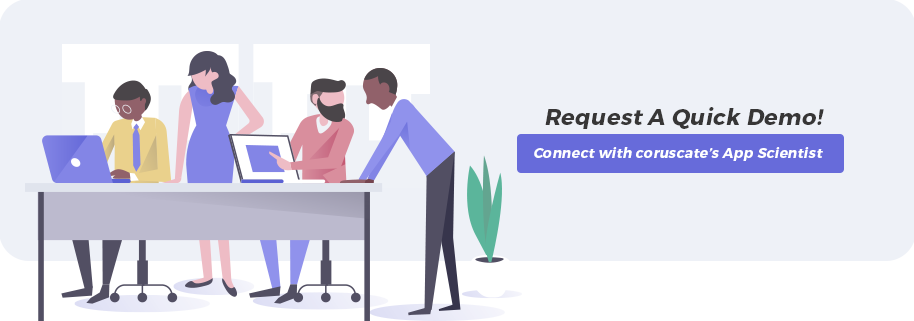
*All image credits: (Hackernoon)



